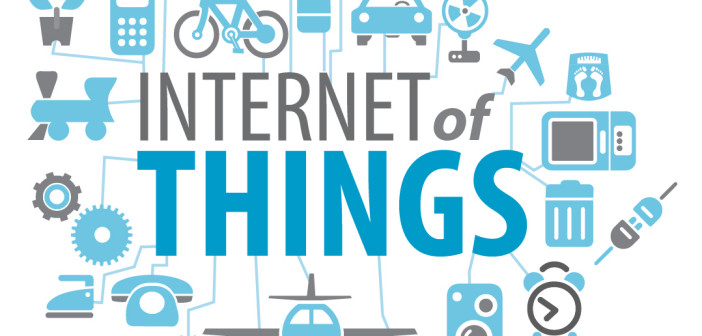By Mark Wilkinson, SAS regional vice president, Northern Europe and Russia CIS
The value of big data equity in the UK was estimated at £12 billion a year or 0.7% of the annual gross domestic product (GDP) in 2012. Four years flew by and the second report by the Centre for Economics and Business Research (Cebr) has put the opportunity at £46 billion by 2020, or 2.2% of GDP, nearly four times the original value.
And that’s just big data analytics adoption; we’ve now put a value on what adoption of the Internet of Things (IoT) could deliver to the UK economy in 2020; the Cebr report puts it at a further £16 billion, so £62 billion in total.
Big data and IoT together are expected to generate £322 billion in revenue for the UK economy from 2015 to 2020, according to Cebr. To put this in perspective, the Cebr report shows it is twice the size of the combined education, NHS and defence budgets for 2014 to 2015, and more than one fifth (22%) of the UK’s net public debt (circa. £1.5 trillion in 2014 to 2015).
This extra revenue to UK plc should be taken seriously when you consider how the UK government, as evidenced by The Chancellor’s recent Budget, is having to tighten spending, amid predictions of an economic slowdown.
Manufacturing bucks the trend
Big data and the IoT are expected to bring much need relief to the manufacturing sector. The Cebr report notes that Big data is expected to inject a healthy sum of £57 billion, along with £27 billion of IoT value by 2020.
This is largely driven by the diversity of firms in the industry and variety of areas in which efficiency gains can be achieved. Benefits are multifold. Over time, the industry should expect improvements in areas such as supply chain management and enhancements in customer intelligence.
For example, one of our customers provides cranes to ports and industries. By looking at sensor data from the cranes, it’s possible to detect in advance when they need repairs or maintenance carried out. This maximises the time they’re in service, reduces repair costs and optimises spare part availability. Other key industry sectors set to benefit most are telecoms and retail.
Sparking telecoms adoption
The telecoms industry will experience the highest current rate of big data analytics and IoT adoption at 67% and 61% respectively, shows the Cebr research. However, by 2020, the study shows that retail banking is expected to leapfrog telecoms and become leaders in big data analytics adoption at 81%, while the telecoms sector remains ahead in IoT adoption at 81%.
There are plenty of other interesting findings and industry sector comparisons to be found in the report. What’s for certain over coming years is that more organisations from multiple industries will embrace data and IoT to improve decision-making that affects efficiency, risk management and new business opportunities.
So the real question is what’s holding some businesses back from doing this now?
Barriers to adoption
The skills gap is something we’re all aware of; we need more data scientists and people in the workplace now (as well as future graduates,) with skills in handling and analysing data to meet the current demand.
Technology has helped in that the latest data visualisation solutions, for example, can be used by people who aren’t necessarily experts in statistics or data science. The outputs are easy to understand and solutions that have a predictive analytics capability built-in do much more than simply historical reporting. Cloud-based as-a-service offerings also allow organisations to effectively hire in the analytical expertise where they don’t have this in-house.
A way forward
Yet a major barrier can be creating a valid business case. This may require the leadership and/or culture within an organisation to become more data driven. But often it can be how do we justify the investment, and how will new technology be integrated into what we have already?
What is clear is that many organisations will be adopting solutions to exploit big data and IoT over the next few years, and the ones that don’t, will be at serious risk of being left behind by the competition.
Through innovative analytics, business intelligence and data management software and services, SAS helps customers at more than 80,000 sites make better decisions faster.





